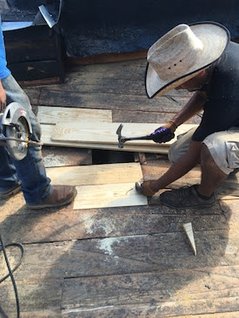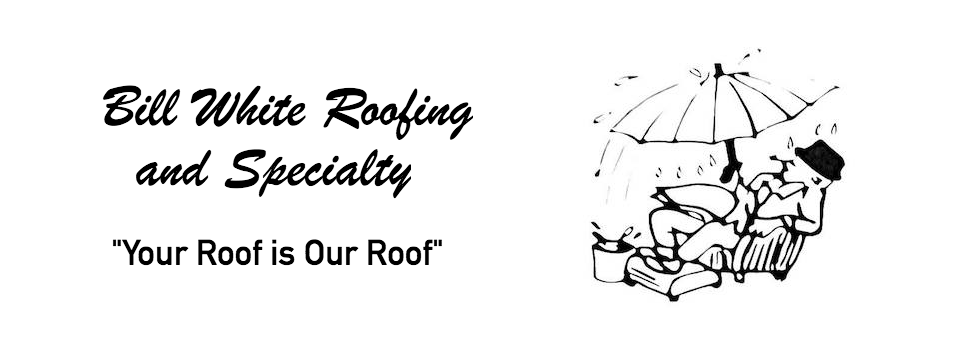Roof Repair Company

Did you know that one of the places that causes the most water damage in a home is from a leaky roof? As any good roof repair company will tell you, you should complete a proper inspection of your home’s roof at least every six months, and preferably, after each severe storm. You can perform an inspection on your own or you can call in a professional roofing expert.
If you decide to inspect your roof on your own, the first thing you may want to do is bring along a pair of binoculars. Unless you plan to get on top of the roof, binoculars will provide the best alternative of seeing things clearly from the ground.
You should walk around your entire home and search your roof for signs of missing shingles, a sagging roofline, or aging. It is also important to look for signs of limbs on the roof, growing moss, or piles of leaves. All of these items that stay for prolonged periods on your roof can aid in causing messy leaks, and can end up costing you a lot of money.
It is equally important to clean out your gutters and downspouts. If they are clogged, then they will not be able to function properly by carrying water away from your roof. A good way to see if there is a clog in your downspouts is to drop a rock in each one, from the top, and see if the rock emerges from the bottom.
Another area to check for damage is around protrusions from your roof. Examples of these protrusions are chimneys, attic fans, or vents. Often, extra flashing is added around these areas in order to prevent leaks. Flashing is an extra waterproof strip that is added around joints or spots that have a different texture than the rest of the roof. If you notice the flashing is missing, or buckling, then it needs to be repaired or replaced.
Once you have inspected your roof from the outside, you can also look for water damage in your attic. You may be able to see problem areas from the inside that you did not notice from the outside.
If you have done your own inspection and still would like to hire a professional, then Bill White Roofing & Specialty would definitely like to help! Please give us a call if we can be of service!
If you decide to inspect your roof on your own, the first thing you may want to do is bring along a pair of binoculars. Unless you plan to get on top of the roof, binoculars will provide the best alternative of seeing things clearly from the ground.
You should walk around your entire home and search your roof for signs of missing shingles, a sagging roofline, or aging. It is also important to look for signs of limbs on the roof, growing moss, or piles of leaves. All of these items that stay for prolonged periods on your roof can aid in causing messy leaks, and can end up costing you a lot of money.
It is equally important to clean out your gutters and downspouts. If they are clogged, then they will not be able to function properly by carrying water away from your roof. A good way to see if there is a clog in your downspouts is to drop a rock in each one, from the top, and see if the rock emerges from the bottom.
Another area to check for damage is around protrusions from your roof. Examples of these protrusions are chimneys, attic fans, or vents. Often, extra flashing is added around these areas in order to prevent leaks. Flashing is an extra waterproof strip that is added around joints or spots that have a different texture than the rest of the roof. If you notice the flashing is missing, or buckling, then it needs to be repaired or replaced.
Once you have inspected your roof from the outside, you can also look for water damage in your attic. You may be able to see problem areas from the inside that you did not notice from the outside.
If you have done your own inspection and still would like to hire a professional, then Bill White Roofing & Specialty would definitely like to help! Please give us a call if we can be of service!

